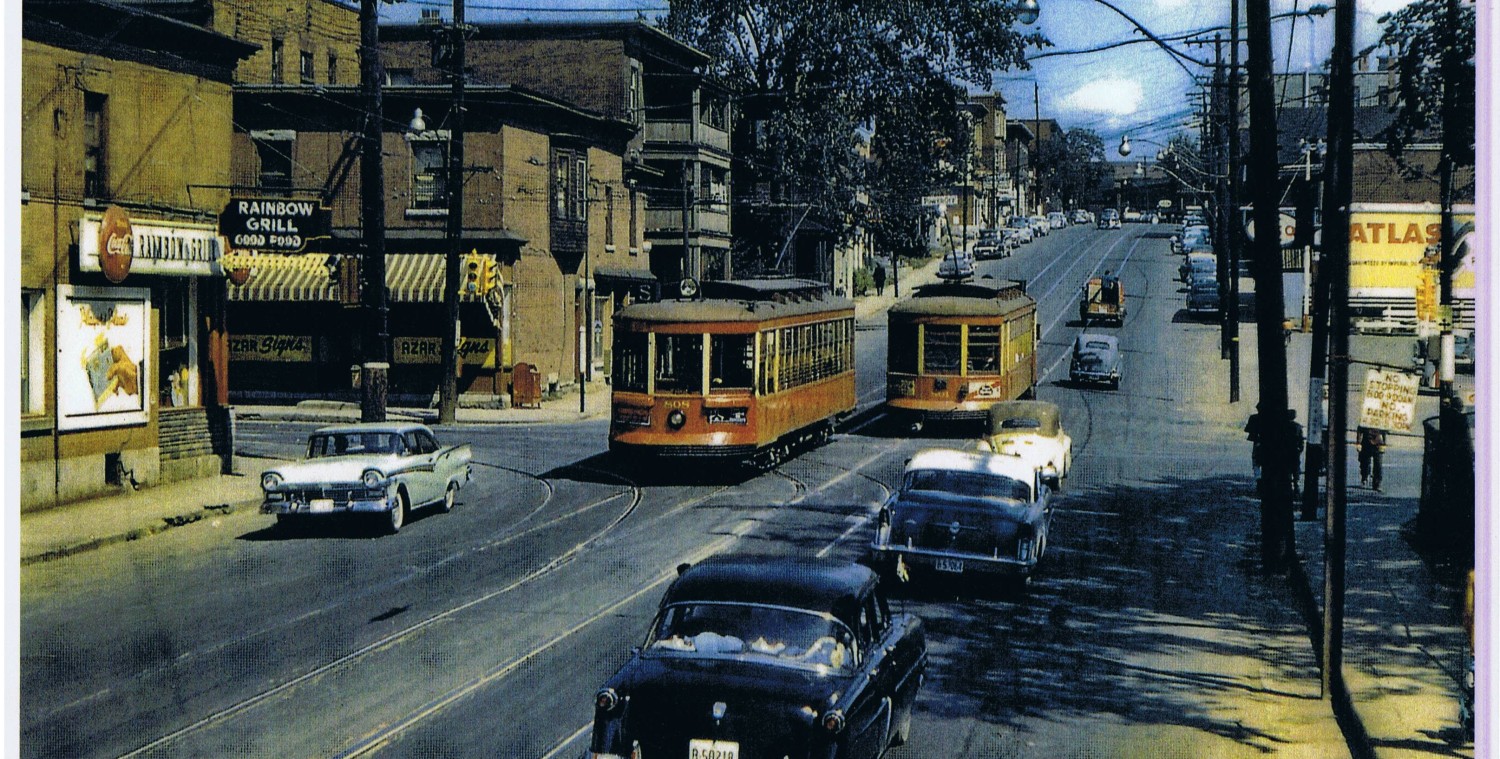An amazing number of infills, new apartments, and other buildings in Ottawa have been using limestone. The modern era version of this popularity seems to date to the last 15 years.
I wonder if it is orchestrated (by who?) or because it is somehow more economic than other materials like brick? Or is it a fashion?
I really love the limestone that characterizes old buildings in Ottawa. It is rough cut, and common for house foundations in the older neighbourhoods of Ottawa (including my own lovely foundation). Then it waned, beaten out by the popularity of concrete foundations that started in the Glebe in the 1920’s.
Old institutional buildings are covered in acres of the stuff, and it looks wonderful.
I am partial to limestone exteriors on institutions like hospitals, churches, monasteries, convents, schools and some public buildings. I have a number within sight of my house. And a clinching factor attracting me to live where I do was the presence of two limestone walls that surround gardens (Dominicans, on Empress; St Francois on Fairmont). European chic.
But a lot of the limestone on new buildings disappoints me. It looks rather like concrete block. I keep watch some early users of this material, like a condo out by Roosevelt Avenue, and I don’t see it improving with age, at least when the age is measured in a few decades. It still looks like concrete block to me.
Here’s a close up of another condo building, just completed:
Now I was pretty excited when a while back a high rise condo tower was approved with the exterior to be 20 stories of limestone cladding. Wow. What an improvement over bent metal or flat panels. Yet somehow the final result isn’t a thrill.
(that’s a close up of the finished exterior two pictures up)
I hope it will look better than 20 floors of concrete blocks someday. Hopefully while I am still alive. And I guess it is better than the raw concrete exterior permitted on the other condo on the same block.
Now some projects make better use of limestone than others. These townhouses on Booth varied the size of the rows:
And this condo by Claridge used brick-like shapes and alternated smooth and rough finishes, and chose a faintly yellow limestone, with very pleasing results:
And what of Ottawa’s to-be-iconic LRT Stations? Looks like there will be some limestone there too, both smooth and textured. Here’s an artist’s impression of Pimisi Station at Booth Street:
Do you have a favorite limestone building?











I agree with you that the use of natural stone enhances the attractiveness of a structure. Ottawa and Kingston have a number of older buildings that were erected using locally available limestone and sandstone.
My niece is studying architecture at Carleton U. She says that they are encouraged to introduce different textures, which the rough cut limestone provides. However, the property developer is very interested in managing its construction costs, with a view of maximizing profit. Smooth cut limestone is less expensive. The simple rock saw cuts have a lower labour cost, while adding the rough texture takes additional labour, and thus has a higher cost.
Sadly, in a battle between being attractive and being profitable, the latter invariably wins.
Ronald: “battle between attractive and profitable”: the developer makes enough effort to sell the property for max.return. If more attractive properties sold for more, developers would meet the demand. But when anything sells, anything goes …
I recall reading an interview several years ago, where Roger Greenberg, then CEO of Minto, was asked about the differences between the Ottawa and Toronto condo markets. His general thesis was that in Toronto, the over supply of condo units in the pre-construction stage meant that the developers had to compete for purchasers, and since the location of their project was not a variable, the next element of differentiation was making their buildings more attractive. This was in contrast to Ottawa, where there was a limited backlog of pre-construction condo projects, and thus the demand and supply curve allowed the developers to get away with building bland, cubic rectangles (my words, not his).